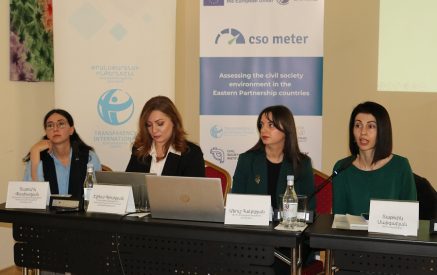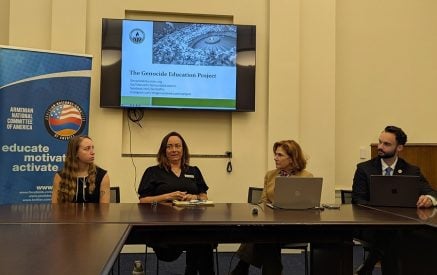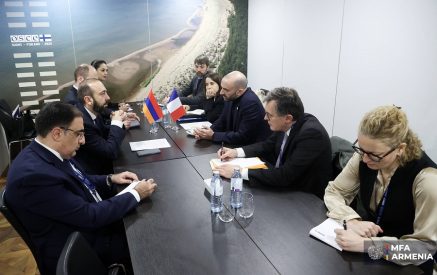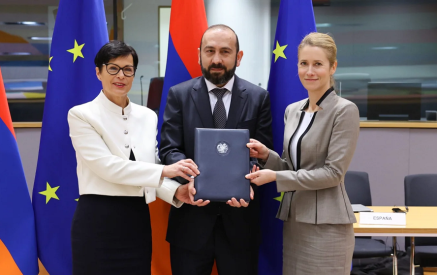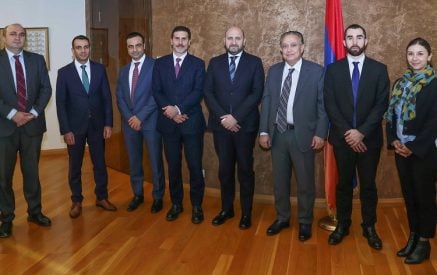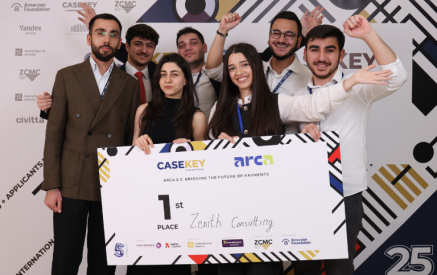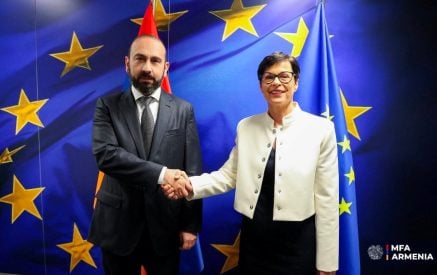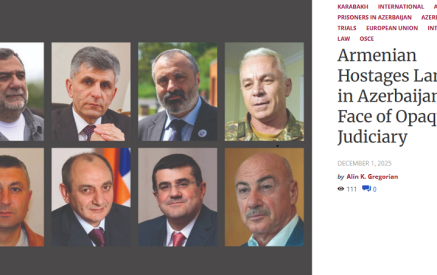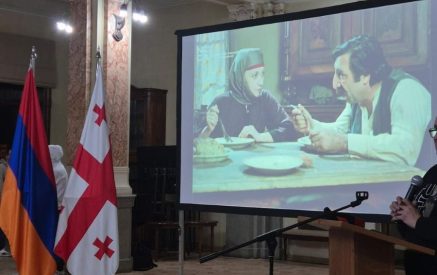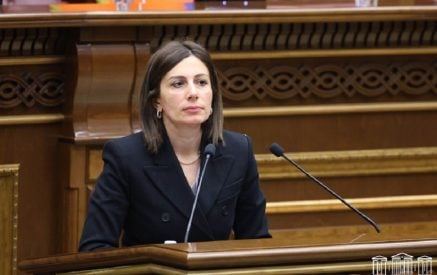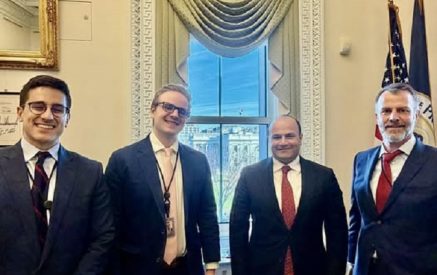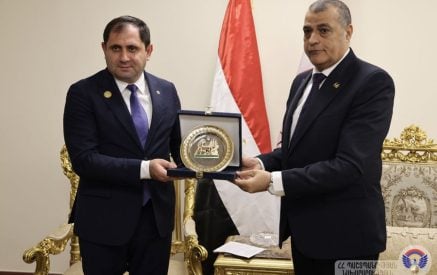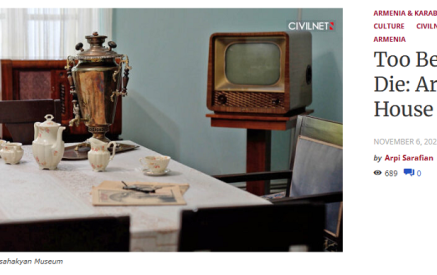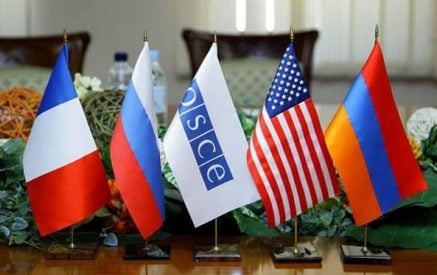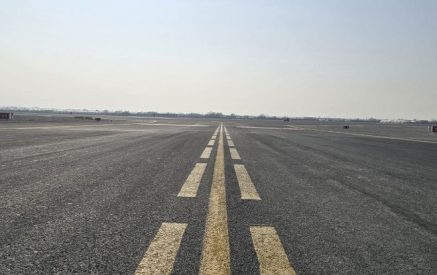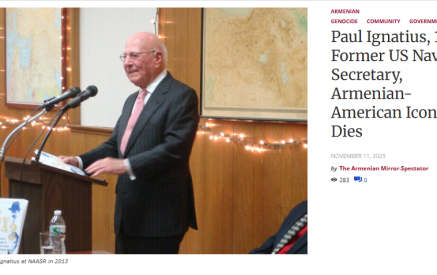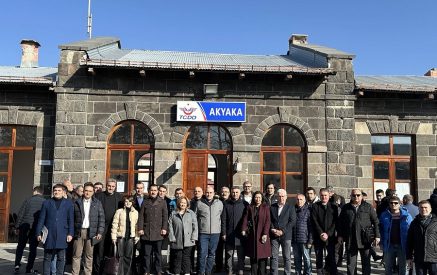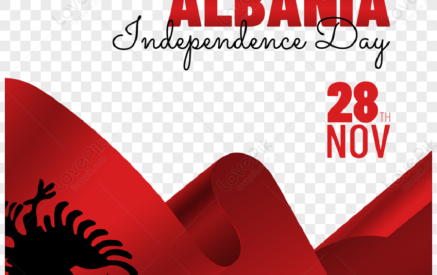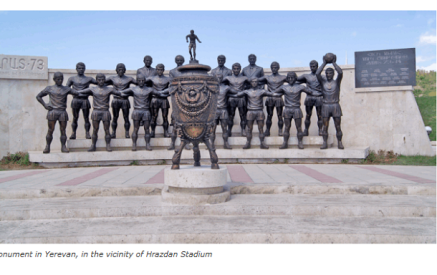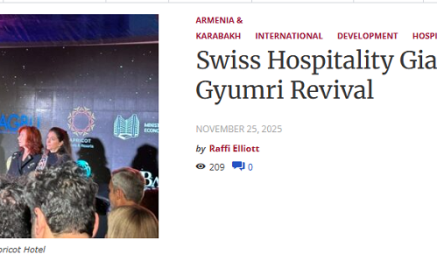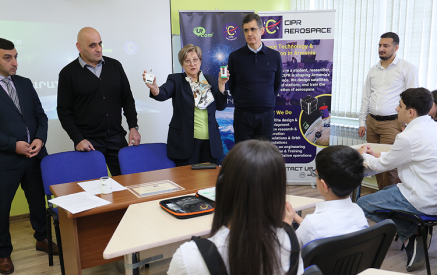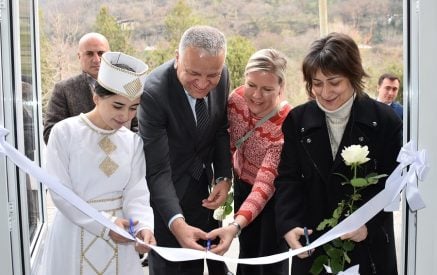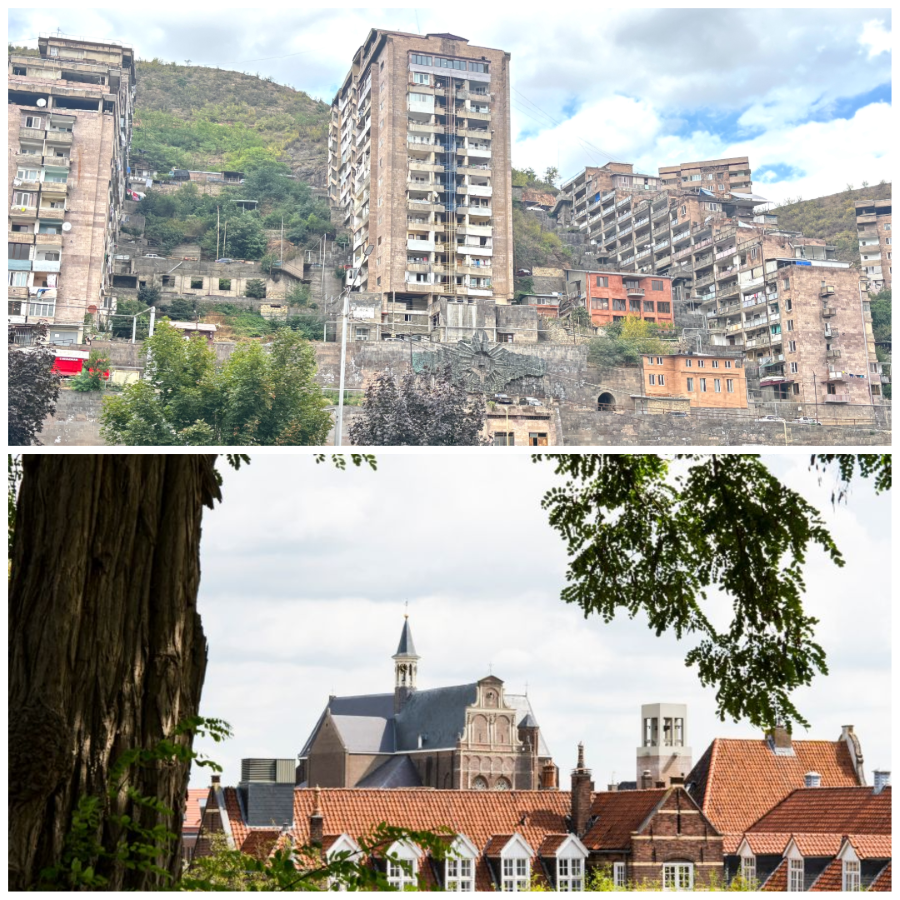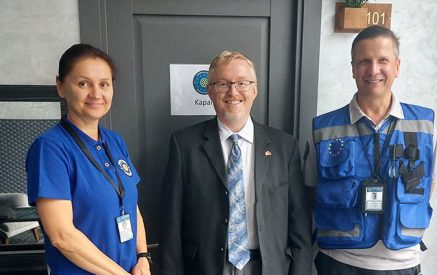The Netherlands is the only European country where the number of municipalities decreases every year as a result of enlargement. Back in 1851 the country had 1,209 municipalities, by 1900 that number had dropped to 1,100. From 1991 to 2017 it decreased further, reaching 355 (2019–2020). Following the most recent enlargement, as of January 1, 2023, the Netherlands now has 342 municipalities.
More in chart
Read also
As in Armenia, the process of enlargement of municipalities and reforms at the local level have largely been completed in the Netherlands as well.
The Dutch “Bottom-Up” Approach vs. the Armenian “Top-Down” Model
Unlike in Armenia, municipal enlargement in the Netherlands takes place according to the bottom-up principle (van onderop), meaning that the initiative to merge comes directly from the municipalities themselves.
The process of municipal enlargement is defined by Article 123 of the Constitution of the Netherlands (Grondwet). Based on this constitutional provision, the “Law on General Rules for the Reorganization of Communities” (Wet arhi) has been established.
More in Picture
According to the “Policy Guidelines for Municipal Enlargement,” the government outlines how the Minister of the Interior and Kingdom Relations evaluates proposals for municipal reclassification (herindeling). Municipalities are primarily responsible for strengthening their own administrative capacity, including through enlargement if necessary. The Ministry evaluates whether the reclassification process has been carried out lawfully and systematically.
More in Picture
The guideline states: “The government also requests municipalities and provinces to invite adjacent or otherwise involved municipalities to provide feedback. If the negative opinion of a neighboring municipality is disregarded, the government requires justification. Thus, while reviewing a merger proposal, the government takes into account not only the views of the merging municipalities and their residents, but also of the provinces, neighboring municipalities, and other relevant governmental bodies”. The government approves proposals that receive support from all involved municipalities and as many residents as possible. The Dutch government also provides financial assistance to municipalities undergoing enlargement.
Community enlargement is carried out in accordance with the Wet arhi law from January 1st following the year of entry into force of the enlargement. Interim council elections are held in November preceding the enlargement. For example, elections will be held in March 2026 for municipalities enlarged in January 2023.
“When your partner is reliable, difficulties are overcome—just like in a marriage”
Frank Speel, Programm manager of Local Democracy and Regional Cooperation at VNG International and Secretary of the Committee of Council Members and Secretaries, told Aravot.am that the primary aim of local government reforms in the Netherlands was to transfer more responsibilities from the central government to municipalities. There was a shared understanding that enlargement and reform would benefit municipalities in delivering services to residents and strengthen local authority. A second goal was to prepare municipalities for implementing EU policies. The third reason was to enable municipalities to enhance digital services through mutual cooperation.
The last enlargement in the Netherlands took place in 2023. A major decentralization occurred in 2016–2017, when extensive responsibilities in healthcare services—and in 2015, also youth care—were transferred to municipalities.
According to Mr Speel, cooperation within enlarged municipalities is now effective, but he warns that further reduction of the number of municipalities may become counterproductive: if municipalities grow too large, the physical distance from the administrative center may hinder effective governance for the council, mayor and local employees.
When asked whether enlarged municipalities truly gain decision-making autonomy—particularly regarding budgeting—and whether residents’ voices were heard during the process, Mr Speel answered: “In our system, the mayor and the municipal council are responsible for the daily life of the community. We are the only European country where the mayor is not directly elected by residents. Mayors are independent, not political actors. The municipal council selects a mayoral candidate, and the mayor is appointed by the King. Residents elect the council. Anyone wishing to become a mayor may apply, and candidates are selected by 12 provincial commissioners, each appointed by the King.”
He recalls that many people initially opposed reforms or were afraid of enlargement and lacked trust in the process. Asked whether enlargement ultimately improved residents’ lives, he said: “Most reforms have had a positive impact. We now have higher-quality services, more professional administrations, and direct contact with municipalities. We see many more smiling people today. The process may be difficult, but when your partner is reliable, challenges are overcome—just like in a marriage.”
A Dutch characteristic of the enlargement reform is financial support from the central government as an incentive for merging municipalities. Asked whether subsidies are also provided to already enlarged municipalities and whether they might be used as a political tool, Mr Speel responded: “Priority areas for subsidies are housing, education, and employment. Road construction is the responsibility of the central government and bicycle lane maintenance is a provincial responsibility. As for subsidies as a political tool—I don’t know a politician who doesn’t like subsidies, as they help achieve goals and later get re-elected”.
He gave an example of Sud West Fryslan as a successful example—an enlargement centered around one large city. And the Land van Cuijk as an another example, where 5–6 mayors jointly decided to unite, creating a municipality comprising 32 villages.
Mayor of Land van Cuijk: “As one municipality, we are in a stronger position now than when we were separate ones”.
In eastern Netherlands, just South of Nijmegen and between the Peel and Maas rivers, lies the Land van Cuijk municipality. It features diverse nature, rich history, Brabant hospitality and a relaxed Burgundian lifestyle. The river Maas, a key local landmark, is listed as a UNESCO World Heritage Site.
Land van Cuijk was formed through the enlargement of Boxmeer, Cuijk, Sint Anthonis, Mill en Sint Hubert and Grave and now consists of 33 villages. It is the largest municipality in its region, with a population of 92,000 and a budget of 350 million euros.
Municipal Secretary Johan Postma told Aravot.am in an online interview that discussions began as early as 2010. The enlargement was implemented in stages, beginning in 2014 when municipal services were integrated into a single organization.
He recalls: “Two mayors realized that enlargement under one roof would be beneficial. They initiated discussions with local authorities and industry representatives and then applied to the national government. All local authorities approved, and the enlargement was finalized in 2021 under the law adopted by the national authorities”.
When asked whether residents supported the enlargment, Mr Postma said: “There were both supporters and opponents. We started with three municipalities and held consultations. In the end, three-quarters—81%—said they supported joining a larger municipality. It was a democratic process. And yes, there are still people who regret about the enlargement”.
Marieke Moorman has been mayor since 2022. She believes the municipality has benefited from the enlargement: “I think we are stronger now than years ago when we were separate municipalities”.
Many residents, she says, feel the municipality has become more accessible. Others complain about longer travel distances to obtain documents like passports or driver’s licenses. The mayour responds: “Let’s be honest—people apply for a passport once every ten years. It is inefficient to maintain four offices for that. Now we have more specialized staff. Still, there are some residents whom it is difficult to convince, they say everything has become expensive and they don’t see the mayor or council members as often, as they used to—I’m exaggerating, but you understand”.
Asked whether enlargement gave her as a mayor more power, she answered: “To be honest—no. I was previously a mayor of a smaller municipality, and a mayor’s role here does not depend on population size. In our political culture, this is not the case. But as a community, we are certainly a more significant unit now than when we were five separate municipalities”.
The municipality practices a model of “village democracy.” Marieke Moorman explains: “After enlargement, we wanted every village to remain connected to the larger municipality. This meant involving active local residents. We now have six civil servants who work directly with the 33 villages. Each receives a small budget—€2,000–3,000 annually—to solve specific issues. We call this village democracy. Council members are also assigned to 6–7 villages each”.
Dutch enlarged municipalities do not have administrative heads like Armenian ones.
Regarding budget structure, Marieke Moorman noted: “Eighty-five percent of our funding comes from the central government, the rest from local taxes”.
Armenian-Style Enlargement: The Case of Kapan Community
Municipal enlargement in Armenia is considered complete. The process began in November 2011 when the government approved the “Concept for Municipal Enlargement and Inter-Municipal Unions”.
Before the reform, Armenia had 915 communities, 48% of which had fewer than 1,000 residents. Now, after enlargement, Armenia has 71 communities including Yerevan.
More in chart
Kapan community holds the record for the largest number of settlements merged into a single community. The enlargement took place in 2017, uniting the city of Kapan with 38 surrounding villages—39 settlements in total. The distance from Kapan to its northernmost settlement, Aghvani, is 34 km, and to its southeastern edge, Shishkert, 47 km.
According to Kapan Mayor Gevorg Parsyan, enlargement produced positive results particularly for rural areas: “Two things stand out: increased financial capacity and the ability to allocate resources specifically to small villages and expanded participation of human resources in local administration. Rural communities often suffered from staff shortages, which the enlargement addressed by creating centralized professional teams”.
On the frequently raised concerns about distance from the center and transportation issues, Gevorg Parsyan responded: “Public transportation operates in almost all villages—except one or two. In nearly all border villages, transportation is free. We have no major transport problem”.
Regarding fears of losing identity after enlargement, he said: “We used to face rural depopulation. Today that trend has at least stabilized. Some larger villages are developing. We created a municipal agricultural machinery fleet that meets villagers’ needs for land cultivation. Separate villages could not have done this alone”. Parsyan acknowledged early skepticism: “Initially, villagers had emotional concerns and lacked trust”.
Most rural infrastructure projects of recent years—including drinking water systems in several villages, irrigation networks, renovations of public buildings, and kindergarten repairs—were implemented after amalgamation.
He stated that community revenues have increased by 250% since 2018, which he attributes largely to enlargement. Asked what advice he would give to other communities, Parsyan answered: “Enlargement worked for Kapan. But communities should not be enlarged to the point where governance becomes ineffective. Resources may increase, but they must also be managed efficiently”.
Enlargement Without Decentralization
Abraham Artashesyan, Executive Director of the Communities Finance Officers Association, notes several advantages of enlargement—expanded financial resources, improved professional capacity, and gradual strengthening of the council system: “Thanks to the shift to proportional elections, council members now feel responsible for their own settlements. Previously, councils were formed mostly through personal networks and loyalties to the community head”.
But he highlights the biggest flaw: “Enlargement became an end in itself. We were told it would help to develop capacities and lead to decentralization. Nine years after the reform, we still lack decentralization. State bodies refuse to transfer powers. So we have large communities but no additional authority—and this system will eventually collapse”.
Asked which powers are not being transferred, he cited education: “In Yerevan, general education management is delegated to the municipality, but no other community has that power”.
He also pointed to contradictions in current policy debates, such as transferring schools from Yerevan municipality back to the Ministry: “If we don’t give communities real powers, what is the point of local self-government? We created resources but don’t allow communities to use them—they have money but cannot spend it”.
Thus, local reforms in Armenia have produced partial results: enlarged communities and improved capacities—but without genuine decentralization, the reform remains incomplete.
The conclusion is the same — whether drawn from European experience or from Armenian reality: the process of community enlargement is effective, but it can achieve its full purpose only when the necessary powers are transferred to the community. And to achieve this, political will is likely needed as well.
Tatevik HARUTYUNYAN
This article was published within the framework of the “Explaining Democracy: Reporting Initiative” program, funded by the Embassy of the Kingdom of the Netherlands in Armenia.







